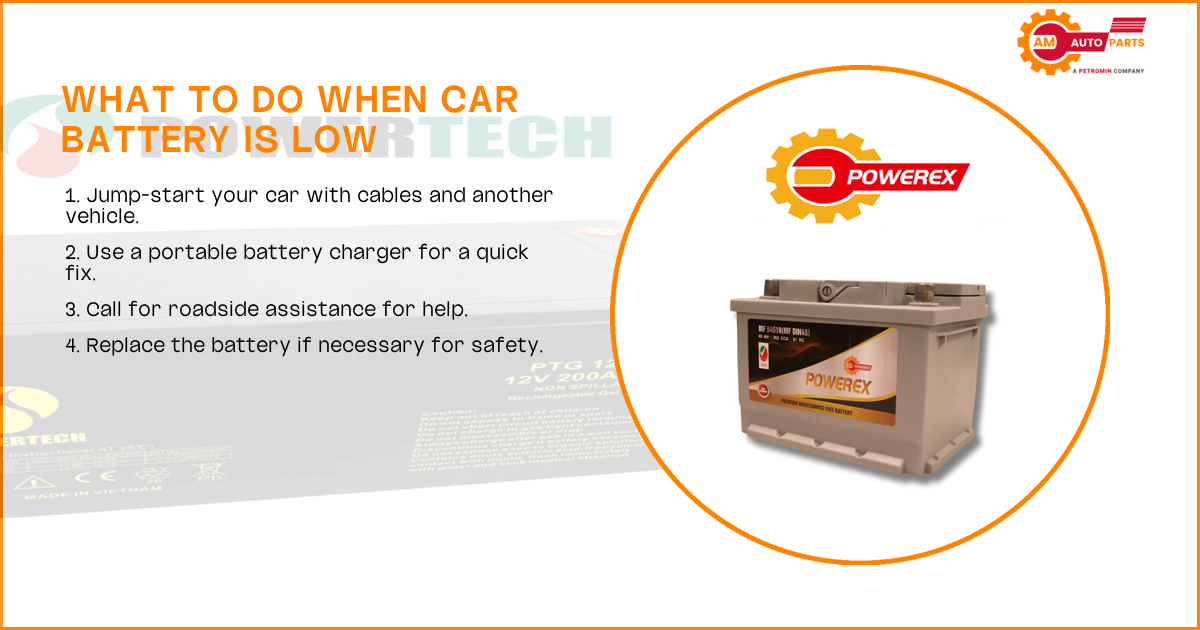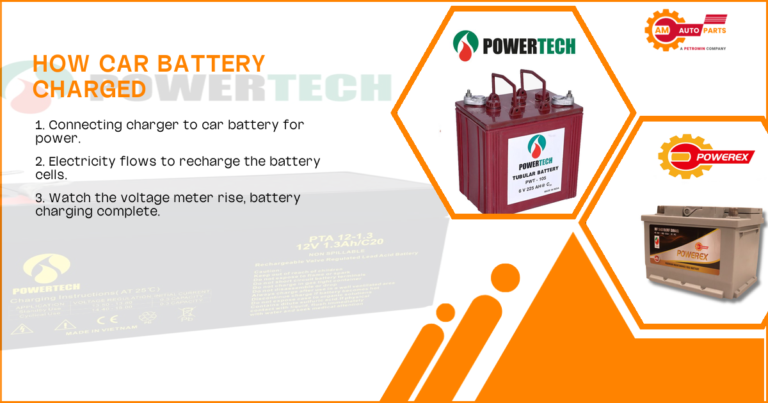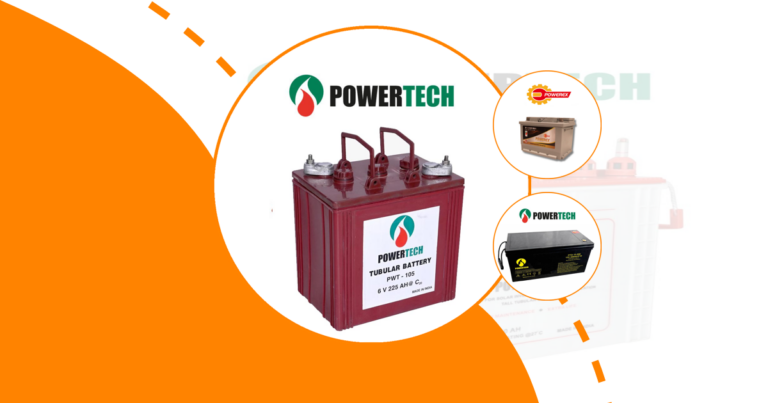What to Do When Car Battery is Low
When your car battery is low, it can be a frustrating experience, especially if you’re unsure of what steps to take next. Understanding the signs, causes, and solutions can help you address the issue effectively. This guide will walk you through everything you need to know about dealing with a low car battery.
Signs of a Low Car Battery
Dim Headlights and Interior Lights
One of the first signs of a low car battery is dim headlights and interior lights. When the battery is not providing enough power, the lights may appear weaker than usual. This is because the battery is struggling to supply the necessary voltage to the electrical components.
- Headlights appear less bright
- Interior lights flicker or are dim
- Dashboard lights are faint
Slow Engine Crank
A slow engine crank is another common indicator of a low car battery. When you turn the ignition key, the engine may crank slowly or take longer to start. This happens because the battery lacks the power to turn the engine over quickly.
- Engine takes longer to start
- Cranking sound is sluggish
- Multiple attempts needed to start the car
Electrical System Issues
Low battery power can also lead to various electrical system issues. You might notice problems with your car’s radio, power windows, or other electronic features. These issues occur because the battery cannot provide adequate power to all systems.
- Radio or infotainment system malfunctions
- Power windows operate slowly
- Other electronic features are unresponsive
Common Causes of a Low Car Battery
Age and Wear
Car batteries have a limited lifespan, typically between three to five years. As they age, their ability to hold a charge diminishes, leading to a low battery. Regular maintenance can help extend the life of your battery, but eventually, it will need replacement.
- Battery older than three years
- Frequent need for jump-starts
- Visible signs of wear or corrosion
Parasitic Drain
Parasitic drain occurs when electrical components continue to draw power from the battery even when the car is off. This can be caused by faulty wiring, a malfunctioning alternator, or leaving lights on overnight.
- Battery drains overnight
- Unexplained power loss
- Electrical components remain active when car is off
Alternator Problems
The alternator is responsible for charging the battery while the car is running. If the alternator is not functioning properly, the battery may not receive enough charge, leading to a low battery.
- Battery warning light on dashboard
- Frequent battery replacements
- Dimming lights while driving
Extreme Temperatures
Both hot and cold temperatures can affect a car battery’s performance. Extreme heat can cause the battery fluid to evaporate, while cold temperatures can slow down the chemical reactions inside the battery, reducing its efficiency.
- Battery struggles in cold weather
- Overheating in hot climates
- Reduced battery life in extreme conditions
Immediate Steps When Car Battery is Low
Jump-Starting the Vehicle
Jump-starting is a quick way to get your car running when the battery is low. You’ll need a set of jumper cables and another vehicle with a fully charged battery. This method provides a temporary solution until you can charge or replace the battery.
- Connect jumper cables to both batteries
- Start the assisting vehicle
- Attempt to start your car
Using a Portable Jump Starter
A portable jump starter is a convenient tool that allows you to jump-start your car without needing another vehicle. These devices are compact and easy to use, making them a great addition to your emergency kit.
- Ensure the jump starter is fully charged
- Connect it to your car battery
- Follow the device instructions to start your car
Calling for Roadside Assistance
If you’re unable to jump-start your car or don’t have the necessary tools, calling for roadside assistance is a reliable option. Professionals can help diagnose the issue and provide the necessary support to get you back on the road.
- Contact your roadside assistance provider
- Provide your location and vehicle details
- Wait for assistance to arrive
How to Jump-Start a Car with a Low Battery
Positioning the Vehicles
To jump-start a car, position the assisting vehicle close enough to your car so that the jumper cables can reach both batteries. Ensure both vehicles are turned off before proceeding.
- Park vehicles facing each other
- Ensure both cars are in park or neutral
- Turn off all electrical components
Connecting Jumper Cables
Carefully connect the jumper cables in the correct order to avoid any electrical mishaps. Start by attaching the red clamp to the positive terminal of the dead battery, then connect the other red clamp to the positive terminal of the charged battery.
- Connect red clamp to positive terminal of dead battery
- Attach other red clamp to positive terminal of charged battery
- Connect black clamp to negative terminal of charged battery
- Attach remaining black clamp to an unpainted metal surface on the dead car
Starting the Engine
Once the cables are connected, start the assisting vehicle and let it run for a few minutes. Then, attempt to start your car. If it starts, let it run for a while to allow the battery to charge.
- Start the assisting vehicle
- Wait a few minutes
- Attempt to start your car
Charging a Low Car Battery
Using a Battery Charger
A battery charger is an effective way to recharge a low car battery. These devices are available in various models, from simple trickle chargers to more advanced smart chargers.
- Connect charger to battery terminals
- Set the charger to the appropriate voltage
- Allow the battery to charge fully
Driving to Recharge
Driving your car can also help recharge the battery, especially if the alternator is functioning properly. A long drive at highway speeds is most effective for recharging.
- Drive for at least 30 minutes
- Maintain a steady speed
- Avoid using electrical components
Battery Maintenance Tips
Regular maintenance can help prevent low battery issues. Keep the battery terminals clean and free of corrosion, and check the battery’s charge level periodically.
- Clean battery terminals regularly
- Check battery charge level
- Ensure battery is securely mounted
Testing and Diagnosing a Low Car Battery
Using a Multimeter
A multimeter is a handy tool for testing a car battery’s voltage. By measuring the voltage, you can determine if the battery is low and needs charging or replacement.
- Set multimeter to DC voltage
- Connect probes to battery terminals
- Check voltage reading
Load Testing
Load testing involves applying a load to the battery to see how it performs under stress. This test can help identify if the battery is capable of holding a charge.
- Use a load tester device
- Apply load for a few seconds
- Observe battery performance
Professional Diagnostics
If you’re unsure about the battery’s condition, professional diagnostics can provide a comprehensive assessment. Mechanics have specialized tools to test and diagnose battery issues accurately.
- Visit a professional mechanic
- Request a battery diagnostic test
- Receive detailed report on battery health
Preventing Future Low Battery Issues
Regular Battery Checks
Regularly checking your battery’s condition can help prevent unexpected issues. Look for signs of wear, corrosion, and ensure the battery is securely mounted.
- Inspect battery terminals for corrosion
- Check battery fluid levels
- Test battery charge regularly
Proper Vehicle Storage
If you plan to store your vehicle for an extended period, take steps to preserve the battery’s charge. Disconnecting the battery or using a trickle charger can help maintain its condition.
- Disconnect battery if storing for long periods
- Use a trickle charger to maintain charge
- Store vehicle in a cool, dry place
Avoiding Short Trips
Frequent short trips can prevent the battery from fully charging, leading to a low battery over time. Try to combine errands into one trip to allow the battery to recharge properly.
- Combine short trips into longer drives
- Allow engine to run for at least 15 minutes
- Avoid excessive idling
When to Replace a Car Battery
Age Indicators
As car batteries age, their performance declines. If your battery is more than three years old, it’s a good idea to have it tested and consider replacement if necessary.
- Battery older than three years
- Frequent need for jump-starts
- Reduced performance
Performance Decline
A noticeable decline in performance, such as slow engine cranks or frequent electrical issues, may indicate that it’s time to replace the battery.
- Slow engine start
- Dim headlights
- Unresponsive electronics
Visible Damage or Corrosion
Visible damage or corrosion on the battery terminals can affect its performance. If you notice any physical damage, it’s best to replace the battery to avoid further issues.
- Corroded battery terminals
- Cracked or swollen battery case
- Leaking battery fluid
Choosing the Right Replacement Battery
Vehicle Specifications
When choosing a replacement battery, ensure it meets your vehicle’s specifications. Check the owner’s manual for the recommended battery size and type.
- Match battery size to vehicle
- Check recommended battery type
- Ensure compatibility with vehicle systems
Climate Considerations
Consider your local climate when selecting a battery. Some batteries are designed to perform better in extreme temperatures, providing reliable performance in hot or cold conditions.
- Choose battery suited for local climate
- Consider high-performance options for extreme temperatures
- Ensure battery can handle local weather conditions
Warranty Options
Look for batteries with a good warranty to protect your investment. A longer warranty period can provide peace of mind and assurance of quality.
- Check warranty length and coverage
- Compare warranty options from different brands
- Choose a battery with a reliable warranty
DIY Battery Replacement Steps
Safety Precautions
Before replacing a car battery, take necessary safety precautions. Wear protective gear and ensure the car is turned off to prevent accidents.
- Wear gloves and safety glasses
- Turn off vehicle and remove keys
- Avoid contact with battery acid
Removal Process
Carefully remove the old battery by disconnecting the negative terminal first, followed by the positive terminal. Lift the battery out of the vehicle and set it aside.
- Disconnect negative terminal first
- Remove positive terminal
- Lift battery out of vehicle
Installation and Connection
Install the new battery by placing it in the battery tray and connecting the positive terminal first, followed by the negative terminal. Ensure the battery is securely mounted. EV battery manufacturing involves making special batteries for electric cars These batteries store lots of energy to power vehicles for long distances Jumper cable attachment helps connect a dead car battery to a working one It allows electricity to flow and start the car with the dead battery
Battery replacement threshold is the point when a device’s battery becomes too weak and needs to be changed It helps users know when it’s time to get a new battery for their gadget Battery voltage range The
Push start automobile Cars with Electrical System Malfunctions happen when parts of the electrical system stop working properly
Automotive power choices include gas engines electric motors and hybrid systems These options give drivers different ways to power their cars and trucks Vehicle power optimization helps cars use less fuel and go farther It makes engines work better so vehicles can be more efficient
- Place new battery in tray
- Connect positive terminal first
- Securely mount battery
Proper Disposal of Old Car Batteries
Recycling Options
Recycling old car batteries is crucial for environmental protection. Many auto parts stores and recycling centers accept used batteries for recycling.
- Take battery to recycling center
- Check local auto parts stores for recycling programs
- Avoid disposing of batteries in regular trash
Environmental Considerations
Improper disposal of car batteries can harm the environment. Recycling helps prevent toxic chemicals from contaminating soil and water.
- Prevent environmental contamination
- Support sustainable practices
- Reduce waste by recycling
Legal Requirements
Many regions have legal requirements for battery disposal. Ensure you comply with local regulations to avoid fines and contribute to environmental conservation.
- Check local disposal regulations
- Comply with legal requirements
- Avoid fines by recycling properly
FAQ’s
What drains a car battery when the car is off?
Several factors can drain a car battery when the car is off, including parasitic drain from electrical components, leaving lights on, or a faulty alternator. Identifying and addressing these issues can help prevent battery drain.
How long does it take to charge a low car battery?
Charging a low car battery can take anywhere from a few hours to overnight, depending on the charger’s power and the battery’s condition. A trickle charger may take longer, while a fast charger can reduce the time significantly.
Can you drive with a low car battery?
Driving with a low car battery is possible, but it’s not recommended. A low battery may not provide enough power to start the car again if you turn it off. It’s best to address the issue as soon as possible to avoid being stranded.






